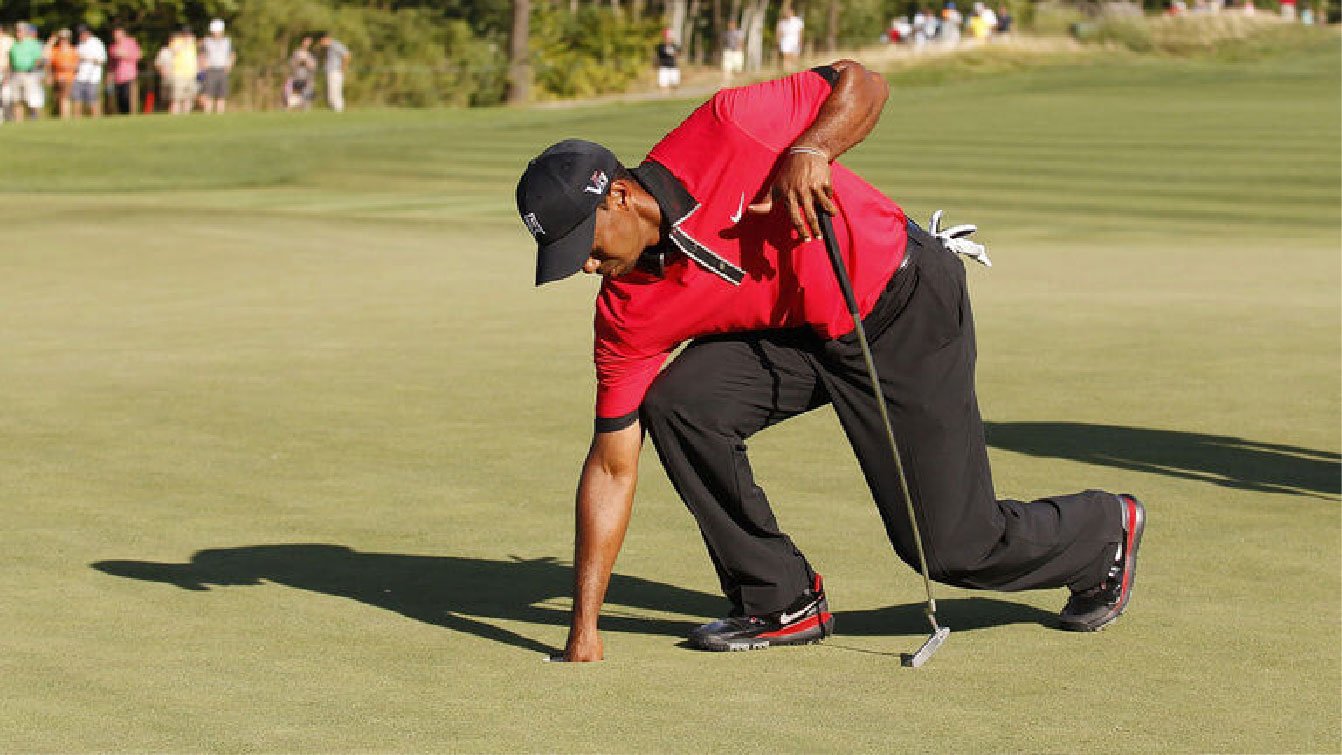Business
5 Tips to Prevent Back and Sciatica Pain While Playing Golf

Golf is a game of patience, precision and endurance. However, the repetitive swinging, bending and long-distance walking can often lead to back pain and sciatica flare-ups for golfers. This can make it difficult to enjoy the beautiful game, so whether you’re a weekend golfer or someone who regularly plays, taking the right precautions can help you prevent golf-related injuries and continue practicing and playing pain-free.
Here, we’re looking to explore the connection between gold and back pain, tips to protect your back, prevent sciatica pain or relieve your pain to stay in top condition when you play golf.
The Connection Between Golf and Back Pain
The golf swing places stress on your lower back, hips and core muscles. It’s a complex movement which includes a forceful rotation of your body, which if combined with poor core strength, posture or body flexibility can lead to back strain and even sciatica pain. Sciatica pain is a condition where the sciatic nerve becomes irritated which causes pain that radiates down the lower back, buttocks and legs.
The best way to deal with sciatica pain is to work to prevent it by learning to maintain proper posture while playing, or working to improve your flexibility and strength. However, if your sciatica does flare up, then learning how to relieve your pain is crucial. Immediate relief for sciatica pain at home includes techniques like using ice or heat therapy, doing gentle stretches before or after playing, trying OTC pain relievers, maintaining proper posture and of course, resting and sleeping right.
How to Prevent Back and Sciatica Pain While Playing Golf
Sciatica and back pain doesn’t have to stop you from playing golf. With proper techniques, you should be able to significantly reduce your risk of injury or get relief from pain that will allow you to play golf long-term.
Tip 1: Warm Up Before Your Golf Round
One of the biggest mistakes you can make is heading straight to the tee without warming up first. A proper warm up can prevent injuries by improving your flexibility, enhancing blood flow to your muscles and prep your body for your powerful golf swing.
There are many type of golf stretches that can help you prepare your body including:
- Dynamic stretches like hip rotations, leg swings and torso twists.
- Foam rolling which helps loosen tight muscles in your glutes and lower back.
- Spinal mobility drills, especially gentle ones like cat-cow stretches and pelvic tilts.
Tip 2: Strengthen Your Core and Lower Back
A strong core will help stabilize your spine and reduce strains on your lower back during the movement of golf swings. Golfers should focus on exercises that can help strengthen your ab muscles, obliques, glutes and lower back.
Best exercises to strengthen a golfer’s core and lower back are:
- Planks
- Deadbugs
- Hip Bridges
- Thoracic Rotations
A weak core increases the risk of back injuries significantly which would lead potentially to sciatica pain and other types of injuries. This is one of the most important tips for golfers who are looking to play golf long-term.
Tip 3: Improve Your Golf Swing
Yep, another reason to improve your swing mechanism is injury prevention. An inefficient swing can lead to back and forearm muscle strain and increase the risk of injuries. Many golfers develop forearm pain due to gripping the club too tightly or using improper wrist mechanics during their swing.
Golf Swing Tips to Reduce Pain and Prevent Injuries to your Forearm and Back:
- Use proper posture: Slightly bend your knees and hinge at the hips instead of rounding your lower back.
- Avoid overswinging: Practice having a controlled, fluid motion to reduce the stress on your lower back.
- Relax your forearm grip: There’s no reason to hold the club too tightly as that can lead to forearm strains and tendonitis which would lead to forearm injuries and pain long-term.
Tip 4: Proper Footwear and Walking Postures
Golfers walk for hours which with the wrong footwear can lead to a bunch of issues to your lower back, knees and feet. The wrong footwear can also worsen existing pain conditions such as sciatica or foot pain due to misalignment.
Tips to follow here are simple:
- Get shoes with proper arch support.
- Walk with a mindful and proper posture.
- Consider adding orthotic inserts to your shoes.
Tip 5: Proper Recovery: Stretching and Pain Relief
After finishing your round, take some time to cool down and stretch post-round to prevent stiffness and potential inflammation in your body. Incorporate a proper post-round recovery technique in addition to your pre-round stretches in order to maximize your muscle recovery process and reduce the risk of injuries
Effective strategies after your golf rounds include:
- Gentle stretches that focus on your hamstrings, hips and lower back.
- Foam rolling to help release tension in your back and forearms.
- Topical pain relief which can help reduce inflammation and muscle soreness after a long day on the golf course.
Final Thoughts
Without proper care, golf can lead to back pain, sciatica flare-ups and forearm strains, amongst other injuries. Golfers can easily manage by working on improving their core strength, warm up properly and have a proper post-golf recovery technique which will significantly help prevent injuries and keep you play pain-free for years to come!
For More Information Visit Coopermagazine
-

 Celebrity1 year ago
Celebrity1 year agoWho Is Jennifer Rauchet?: All You Need To Know About Pete Hegseth’s Wife
-

 Celebrity1 year ago
Celebrity1 year agoWho Is Mindy Jennings?: All You Need To Know About Ken Jennings Wife
-

 Celebrity1 year ago
Celebrity1 year agoWho Is Enrica Cenzatti?: The Untold Story of Andrea Bocelli’s Ex-Wife
-

 Celebrity1 year ago
Celebrity1 year agoWho Is Klarissa Munz: The Untold Story of Freddie Highmore’s Wife
















